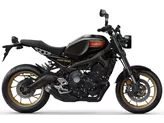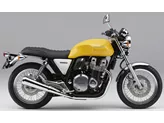Kawasaki Z900 RS 2018 vs. Kawasaki Z900 2021

Kawasaki Z900 RS 2018
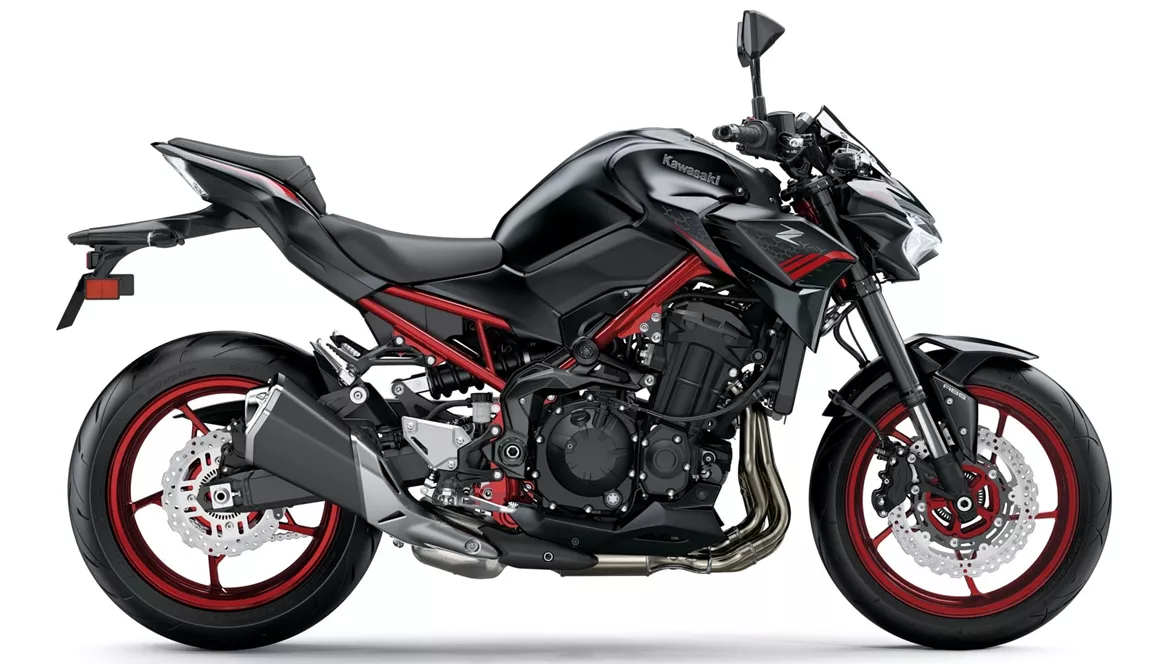
Kawasaki Z900 2021
Overview - Kawasaki Z900 RS 2018 vs Kawasaki Z900 2021
The Kawasaki Z900 RS model year 2018 and the Kawasaki Z900 model year 2021 both belong to the naked bike category and share several similarities in terms of their technical specifications. They both have an inline four-cylinder engine with a displacement of 948cc and liquid cooling. Additionally, they have the same torque output of 98.6 Nm and utilize fuel injection as their fuel system.
In terms of engine power, the Kawasaki Z900 RS 2018 produces 111 HP, while the Kawasaki Z900 2021 boasts a slightly higher power output of 125.4 HP. This increase in power can provide the rider with a more thrilling and dynamic riding experience.
Both models feature an upside-down telescopic fork for the front suspension, allowing for better handling and stability. The suspension on the rear of both bikes consists of a swing arm with a monoshock absorber. The suspension components on both models can be adjusted for preload and rebound, allowing riders to fine-tune their bike's performance to their liking. The rear suspension is made of aluminum, which helps reduce weight and improve overall handling.
In terms of the chassis, both the Kawasaki Z900 RS 2018 and the Kawasaki Z900 2021 feature a steel frame. However, the frame type differs slightly, with the Z900 RS 2018 having a tubular frame and the Z900 2021 featuring a double cradle frame. The choice of frame type can affect the overall rigidity and handling characteristics of the bike.

Kawasaki Z900 RS 2018
Both models are equipped with double disk brakes on the front, with a diameter of 300mm and four-piston calipers. This provides ample stopping power and ensures reliable and effective braking performance. The advanced rider assistance systems on both bikes include ABS, ride by wire, and traction control, enhancing safety and control during riding.
In terms of dimensions and weights, the Kawasaki Z900 RS 2018 has a wheelbase of 1470mm and a seat height of 835mm. It weighs 215kg (with ABS) and features a front tire width of 120mm and a rear tire width of 180mm, both with a diameter of 17 inches. On the other hand, the Kawasaki Z900 2021 has a slightly shorter wheelbase of 1450mm and a lower seat height of 795mm. It weighs slightly less at 210kg (with ABS), and the front and rear tire dimensions remain the same.
Moving on to the strengths of each model, the Kawasaki Z900 RS 2018 is praised for its powerful and smooth engine, attractive retro-inspired design, comfortable seating position, and easy-to-ride nature. It offers balanced handling, striking a good middle ground between being overly responsive and sluggish.
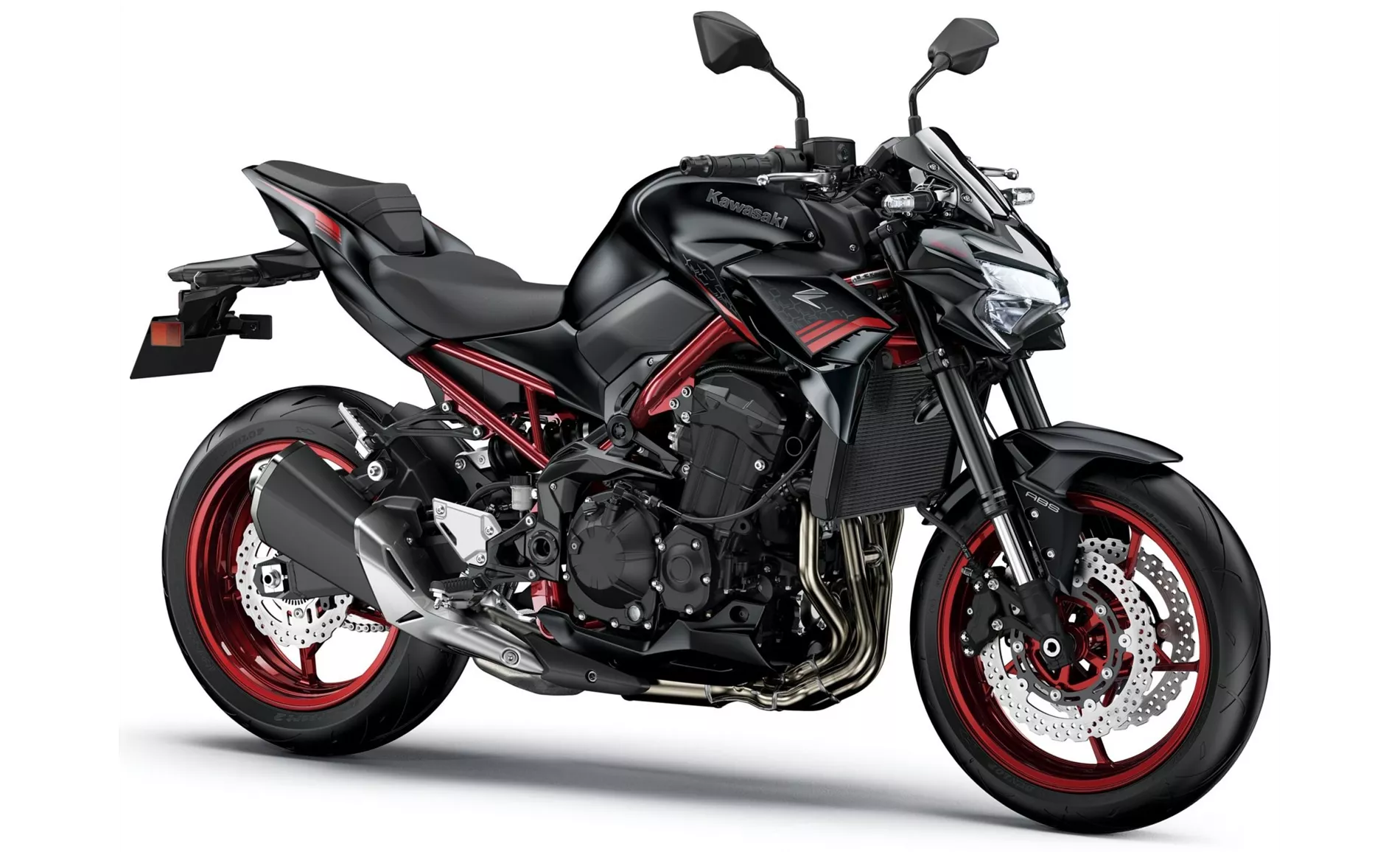
Kawasaki Z900 2021
On the other hand, the Kawasaki Z900 2021 is commended for its powerful four-cylinder engine, intuitive handling, good equipment, aggressive looks, and value for money. The increased power output and updated design give it a more modern and aggressive appearance.
In terms of weaknesses, the Kawasaki Z900 RS 2018 lacks a shift assistant, making gear shifting less seamless compared to models equipped with this feature. It is also slightly heavier than other retro bikes in its class, which may affect maneuverability. Additionally, the seat may be too soft for some riders during long tours, and the lack of wind protection can be a disadvantage on highways or in adverse weather conditions.
Similarly, the Kawasaki Z900 2021 does not offer a quickshifter option, which may be a drawback for riders who prefer this feature. It is also noted that competitors in its class have advanced electronic systems with a 6-axis IMU, giving them an edge in terms of technology and performance.
In conclusion, while both the Kawasaki Z900 RS 2018 and the Kawasaki Z900 2021 share similar technical specifications and offer a thrilling riding experience, they have their own unique strengths and weaknesses. The Z900 RS 2018 boasts a retro-inspired design and a comfortable riding position, while the Z900 2021 offers more power, modern styling, and better value for money. Ultimately, the choice between the two models depends on the rider's preferences and priorities.
Technical Specifications Kawasaki Z900 RS 2018 compared to Kawasaki Z900 2021
Pros and Cons in comparison
Pros and Cons in comparison
Kawasaki Z900 RS 2018

Its four-cylinder is silky smooth while delivering enough power to make you grin under your helmet. It is also very easy to move, which should make it a great commuter bike in everyday life and serve as an iconic fun bike at the weekend. The looks find the perfect straddle of classic design and modern details to form a coherent retro package that is also a worthy tribute to Kawasaki history. It's a great naked bike with a snazzy look.
Kawasaki Z900 2021
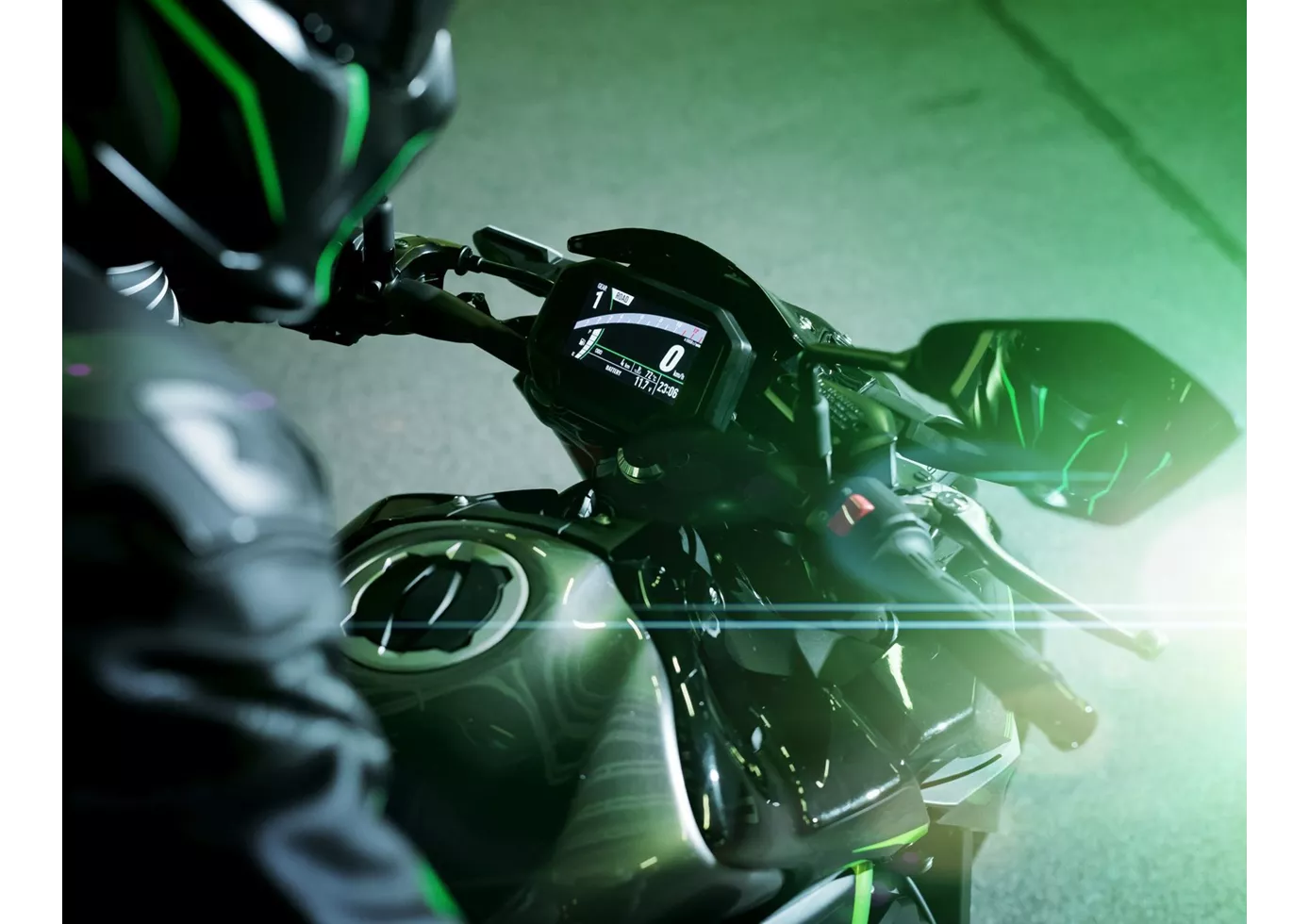
In terms of price-performance, the Kawasaki Z900 is hard to beat at the moment. With the perfectly tuned engine, the high-quality chassis components and the electronics added for 2020, this naked bike offers everything that sporty riders will be looking for. There is really nothing to complain about, except for the lack of a quickshifter option.
Price Comparison Avarage Market Price Kawasaki Z900 RS vs Kawasaki Z900
There are a few key differences between a Kawasaki Z900 RS 2018 and a Kawasaki Z900 2021. In terms of price, the actual average price of a Kawasaki Z900 RS 2018 is about 38% higher. Compared to Kawasaki Z900 2021 there are less Kawasaki Z900 RS 2018 bikes available on the 1000PS.de Marketplace, specifically 28 compared to 33. It takes less time to sell a Kawasaki Z900 with 107 days compared to 154 days for the Kawasaki Z900 RS. Since model year 2018 1000PS.de editors have written 26 reviews for the Kawasaki Z900 RS and 46 reviews for the Kawasaki Z900 since model year 2017. The first review for the Kawasaki Z900 RS was published on 06/09/2017 and now has more than 63,700 views. This compares to more than 93,200 views for the first review on Kawasaki Z900 published on 11/11/2016.





